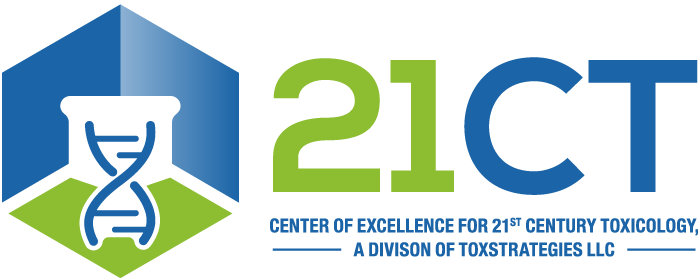Thompson CM, Young RR, Suh M, Dinesdurage H, Elbekai R, Harris MA, Rohr AC, Proctor DM. Hexavalent chromium does not induce mutations in the oral mucosa of transgenic Big Blue® rats following drinking water exposures at a carcinogenic dose. Presented at Society of Toxicology 54th Annual Meeting, San Diego, CA, March 2015.
Abstract
Hexavalent chromium (CrVI) has been shown to induce tumors in the rat oral cavity following chronic drinking water exposure at 180 ppm; however the mode of action (MOA) for these tumors is unknown. We conducted a transgenic rodent mutation assay in Big Blue F344 rats, following OECD Technical Guideline 488, to test whether CrVI induces oral tumors by a mutagenic MOA. Tumors in the NTP CrVI cancer bioassay arose from the gingival epithelium surrounding the upper molars. Therefore, we assessed mutation frequency in gingival/palate and gingival/buccal regions of the oral cavity. Because these tissues are not commonly studied in the assay, we optimized collection methods and conducted a positive control study exposing male F344 Big Blue rats to 10 ppm 4-nitroquinoline N-oxide (4NQO), a mutagenic carcinogen in the oral cavity, in drinking water for 28 days. At day 31, 4NQO induced statistically significant increases in mean mutant frequencies in the gingiva/palate (45.2 ± 8.6 x 10-6 in control vs 2271 ± 458 x 10-6 in treated) and gingiva/buccal epithelium (51.2 ± 19.6 x 10-6 in control vs 1091 ± 146 x 10‑6 in treated). Having established ability to detect mutations in these tissues, we conducted a 28-day dosed water study with 10 ppm 4NQO (positive control) and 180 ppm CrVI. At Day 31, a statistically significant increase in mutant frequency was observed in gingiva/palate region of 4NQO-treated rats (49.8 ± 17.8 x 10-6 vs 1818 ± 362 x 10-6), but not CrVI-treated rats (57.8 ± 9.1 x 10-6). Similarly, a statistically significant increase in mutant frequency was observed in gingiva/buccal region of 4NQO-treated rats (39.1 ± 7.5 x 10-6 vs 688 ± 250 x 10-6) but not CrVI-treated rats (44.4 ± 25.1 x 10-6). These findings support that CrVI does not act by a mutagenic MOA in the rat oral cavity and demonstrate the utility of this assay for MOA research.
